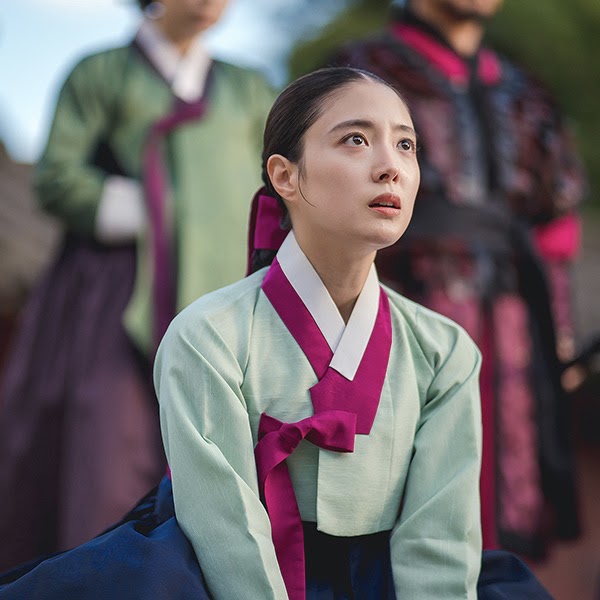Bulguksa Temple, located on the slopes of Mount Toham in Gyeonju, is home to a wealth of historical sites to see. It is said to be one of the most visited places in Korea and one of the oldest temples in Korea. Because Bulguksa Temple proves to be an exquisite masterpiece of Buddhist art, it was listed as a UNESCO World Heritage Site in 1995 along with the Seoguram Grotto. To read more about the grotto, visit my blog post on Seoguram Grotto.
History of Bulguksa Temple
From restoration to the early 1800s, over 40 renovations took place until Bulguksa Temple became a victim of burglary and burglary attempts. Though unfortunate, because of these events, Korea was able to obtain some valuable relics.
One burglary attempt, for example, took place in 1966. The monks of the temple were woken by the sounds of dynamites. The thieves were hoping to obtain what was hidden inside the Seokgatap Pagoda but failed to take what was inside. Major restoration was required which lead to the discovery of precious reliquaries, Buddhist relics, and the world’s oldest surviving woodblock print!
National Treasures of Korea
Inside the Bulguksa Temple, there are many national treasures of Korea. Down below are some of the National Treasures of Korea found in Bulguksa Temple (but not all).
National Treasure 20: Dabotap Pagoda
National Treasure 21: Seokgatap Pagoda
National Treasure 22: Chilbogyo and Yeonhwagyo Bridge
National Treasure 23: Cheongungyo and Backungyo Bridge
The Blue (right side of the stairway) and White (left side) Cloud Bridge
National Treasure 26: Vairocana Buddha Statue
National Treasure 27: Amitabha Buddha Statue
Our Trip to Bulguksa Temple

Joowon sitting in his stroller inside Bulguksa Temple (2015).
You can see Seokgatap Pagoda in the distance.



















Post a Comment